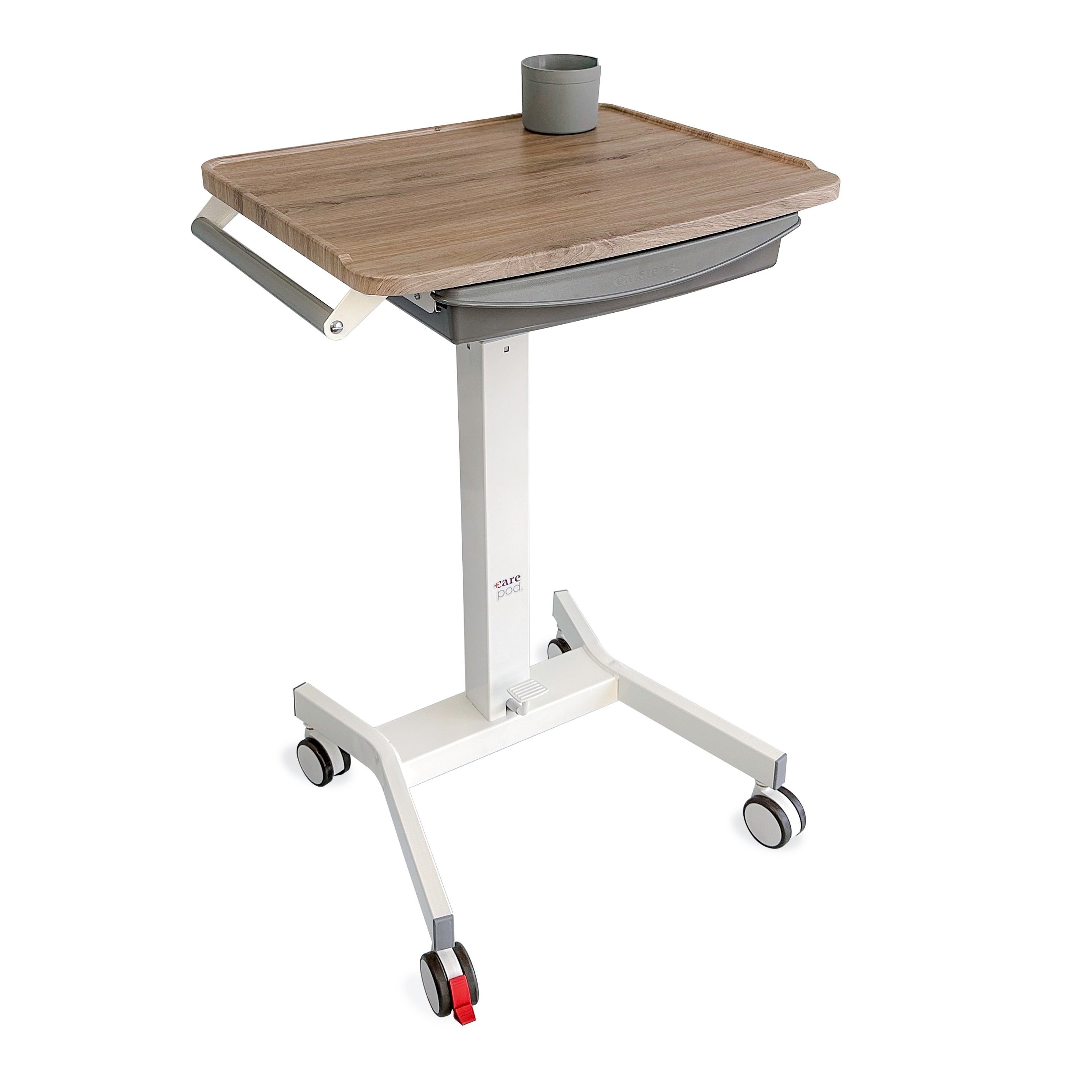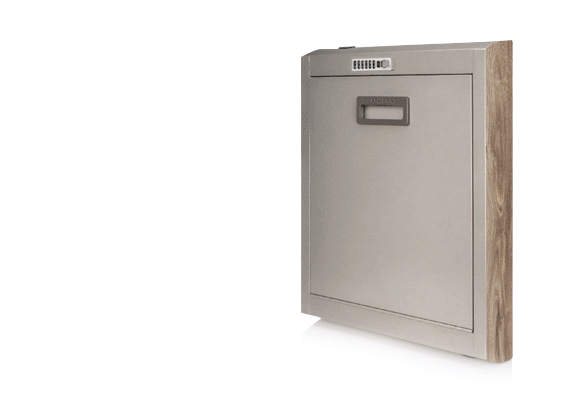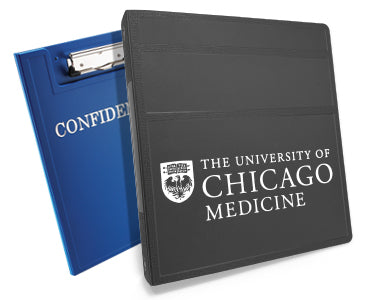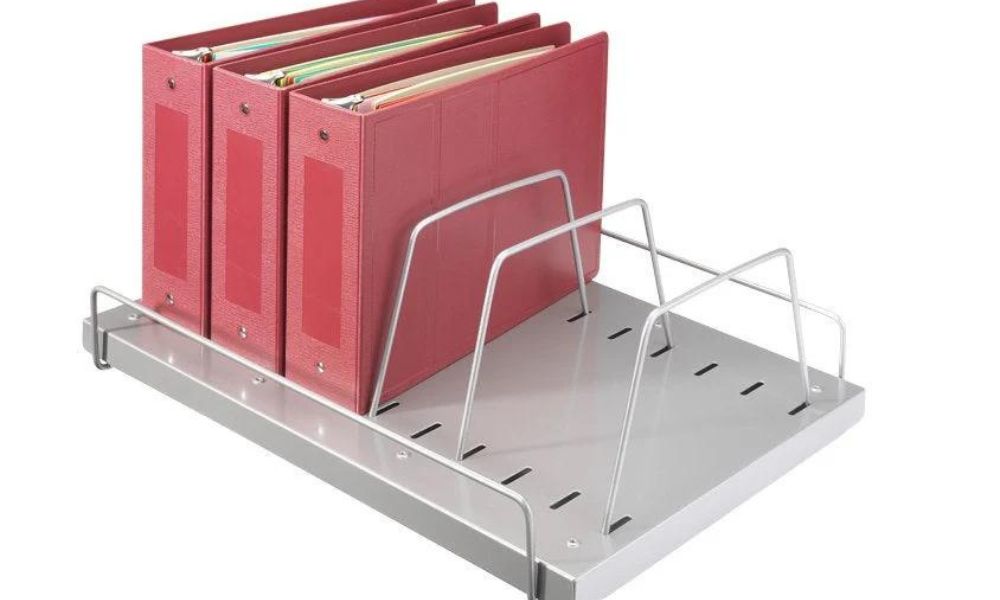From optimizing physical spaces to implementing efficient management systems, we will explore various approaches to transform any classroom into a dynamic and orderly space. This will ultimately enhance educational outcomes and create a more enjoyable atmosphere for all. Here’s a complete guide to classroom organizational strategies to create a better learning environment.
Why Classroom Organization Matters
Effective classroom organization is the backbone of a successful learning environment. An organized space helps minimize distractions, facilitates smooth transitions, and ensures that both educators and students can focus on learning. When materials are easily accessible, and the classroom layout is thoughtfully arranged, it reduces chaos and confusion.
Implementing organizational strategies can help educators create a more productive and engaging atmosphere. This will ensure that students get the best learning experience and foster a sense of calm and structure, allowing them to thrive academically.
Setting Up Your Classroom Layout
A thoughtfully arranged classroom layout is crucial. Start by considering the flow of movement in the room. Arrange tables to allow easy access to frequently used areas. Ensure that there is enough space for group activities and individual workstations. By prioritizing visibility, every student can see the board and the instructors without obstructions.
Designating Zones for Different Activities
Divide your classroom into specific zones for different activities. Create areas for group work and independent study. This zoning makes managing classroom dynamics easier and ensures that each activity has a designated space, keeping the overall environment orderly and conducive to learning.
Utilizing Wall Space Effectively
To maintain an organized medical classroom, you can make the most of your wall space. Installing shelves, hooks, and bulletin boards allows you to display crucial information and store frequently used items efficiently.
Use wall charts, calendars, and visual aids to support lessons and manage schedules. This approach conserves space and ensures learning materials are easily accessible.
Here are some ways to use wall space in a medical educational setting:
- Install anatomical charts and diagrams to support lessons.
- Mount shelves to store medical textbooks and equipment.
- Use bulletin boards to display essential announcements and schedules.
- Hang hooks for lab coats, stethoscopes, and other frequently used tools.
- Place visual aids like disease progression timelines or procedure steps on walls.
Flexible Seating Arrangements
Consider incorporating flexible seating arrangements to enhance classroom organization. Options like standing desks and floor cushions allow students to choose seating that best suits their learning style, promoting comfort and engagement.
Rotating seating arrangements also prevents monotony, keeps the classroom dynamic, and caters to different activities or teaching methods. Additionally, offering a variety of seating choices can address various ergonomic needs and preferences, creating a more inclusive and supportive learning environment.
Essential Supplies and Storage Solutions
An organized classroom begins with having the right supplies and efficient storage solutions. Invest in sturdy shelves, bins, and containers to keep materials neatly sorted. Label everything clearly to make it easy for students to find and return items. Include specific places for medical chart binders, books, stationery, and educational tools to maintain order.
Managing Student Materials
Encourage students to take responsibility for their materials. Provide each student with personal storage options, such as cubbies or drawers. Teach them to organize their belongings and return items to their designated spots. This practice keeps the classroom tidy and instills good habits in students when they enter their medical careers.
Using Color-Coding Systems
Color-coding is a simple yet effective strategy for classroom organization. Use different colors for various subjects, groups, or types of materials. This visual system makes it easy to locate items quickly and ensures that everything has a designated place. You can apply this color-coding technique to medical folders, labels, supplies, and tools.
Implementing a Daily Routine
Establishing a consistent daily routine is key to maintaining an organized classroom. Create a schedule that includes time for lessons, activities, and breaks. This way, students are not overloaded with information and can put their new skills to the test. Consistency can help students participate and retain information better, helping them prepare for other courses.
Streamlining Paperwork and Administrative Tasks
Classroom organization also involves efficient management of paperwork and administrative tasks. Use medical chart binders to organize student records, lesson plans, and administrative documents. Keep digital copies of important files and regularly update them to reduce paper clutter. Implement a system for tracking assignments and assessments to stay organized.
Keeping a Clean and Tidy Classroom
Cleanliness in the medical field is essential. Encourage your students to regularly clean and tidy their workstations to ensure that their surfaces are always pristine. Set aside time at the end of each lesson for students to clean their communal areas. This is a great time to provide tips and reasoning as to why keeping these areas germ-free is important.
Incorporating Technology
Leverage technology to enhance classroom organization. Use digital tools and apps for lesson planning, attendance tracking, and communication with students. Interactive whiteboards and tablets can help reduce clutter and help streamline processes. Ensure that all devices are stored neatly when not in use.
Encouraging Student Feedback
Ask for feedback from students about the classroom organization, asking what works well and what could be improved. Their insights can help you fine-tune your strategies and create a more student-friendly environment, fostering a sense of ownership and responsibility.
Regularly assess the effectiveness of your strategies by monitoring student adaptation and whether the setup supports your teaching goals. Be open to adjustments based on feedback and observations, as flexibility is key to maintaining an organized and functional classroom.
Achieve a Clutter-Free Space
Mastering classroom organization is an ongoing process that requires thoughtful planning and consistent implementation. By following the strategies outlined in our guide to classroom organization, educators can create an environment that enhances learning, reduces stress, and promotes a sense of community.
Each aspect plays a crucial role in maintaining an orderly classroom, from optimizing the physical layout and using effective storage solutions to incorporating student participation and leveraging technology. An organized classroom is the foundation for a thriving educational experience where students and teachers can excel.







